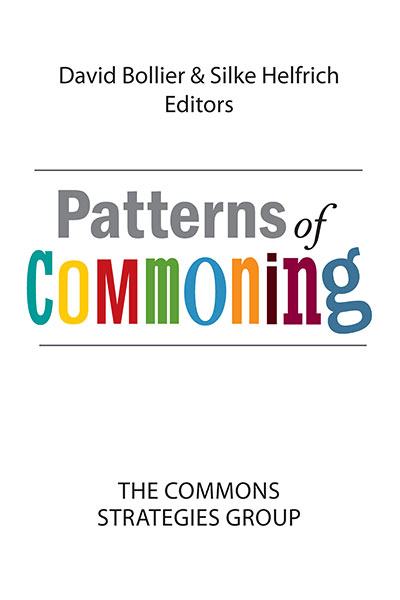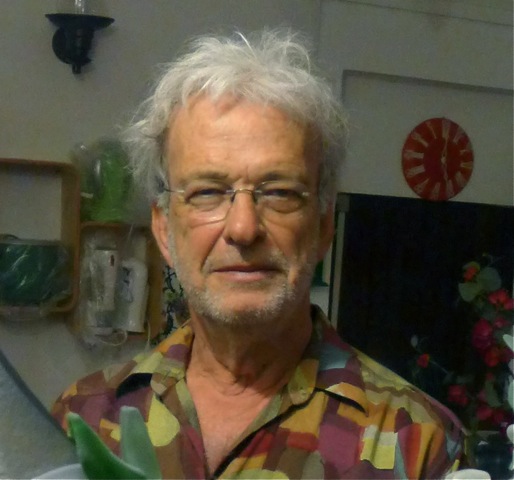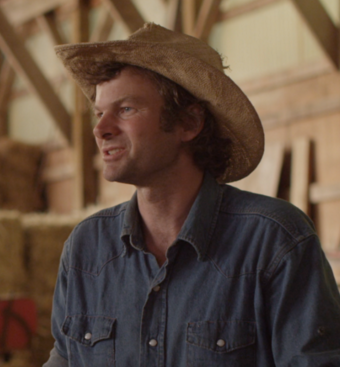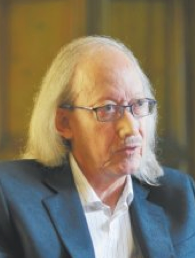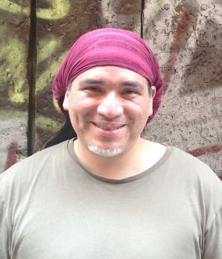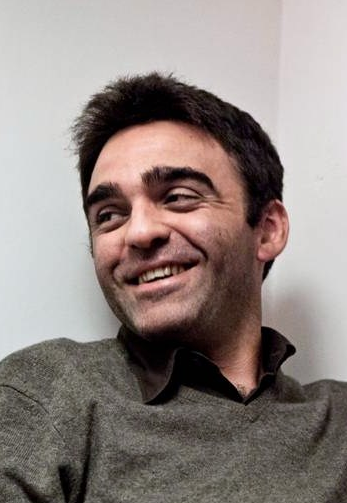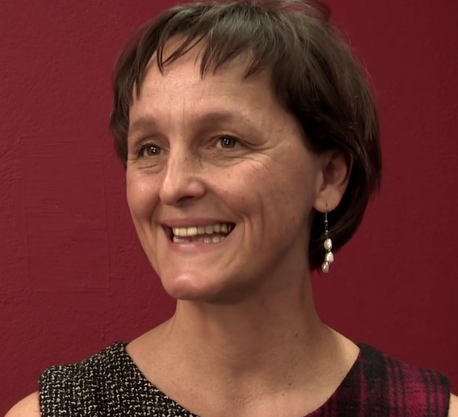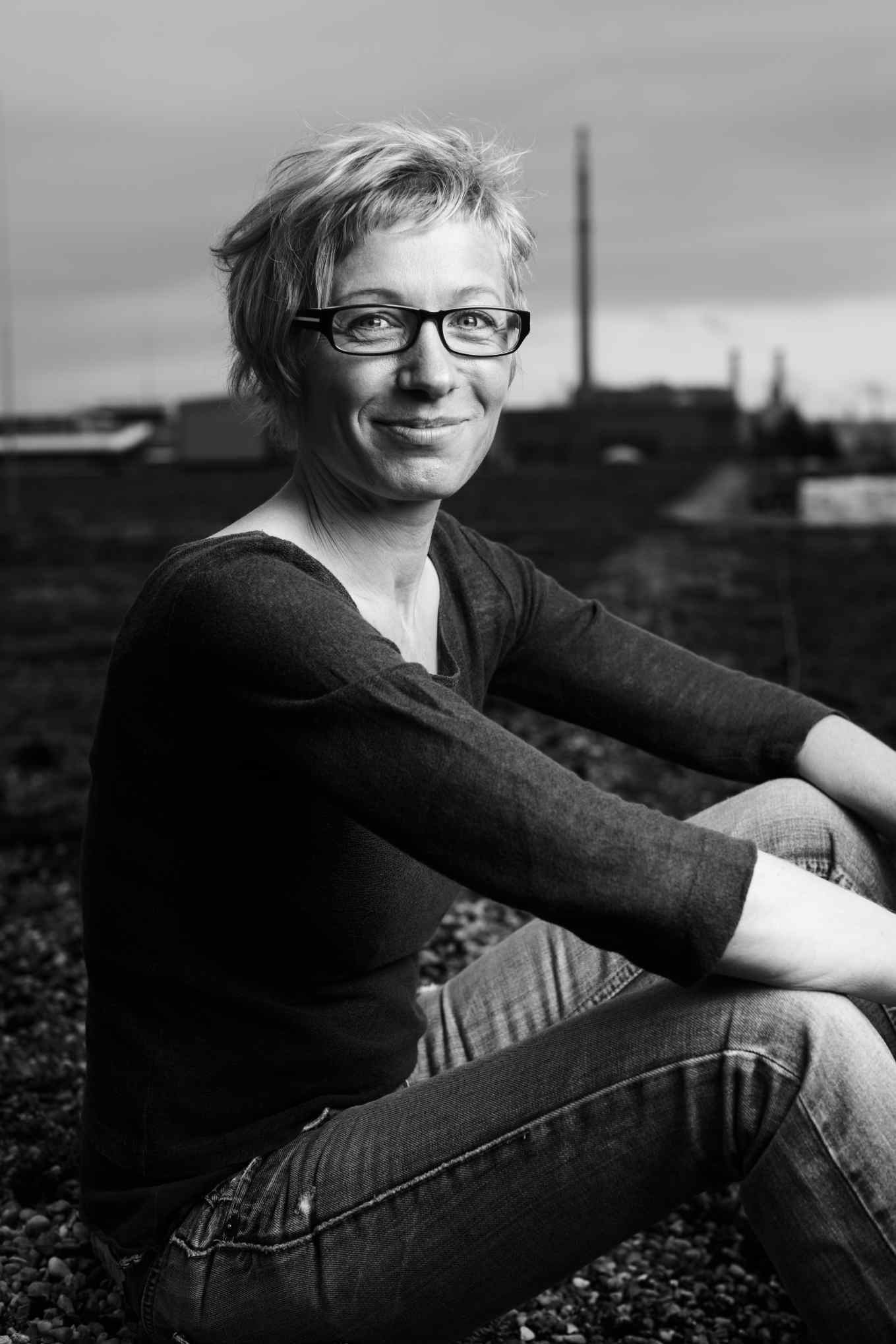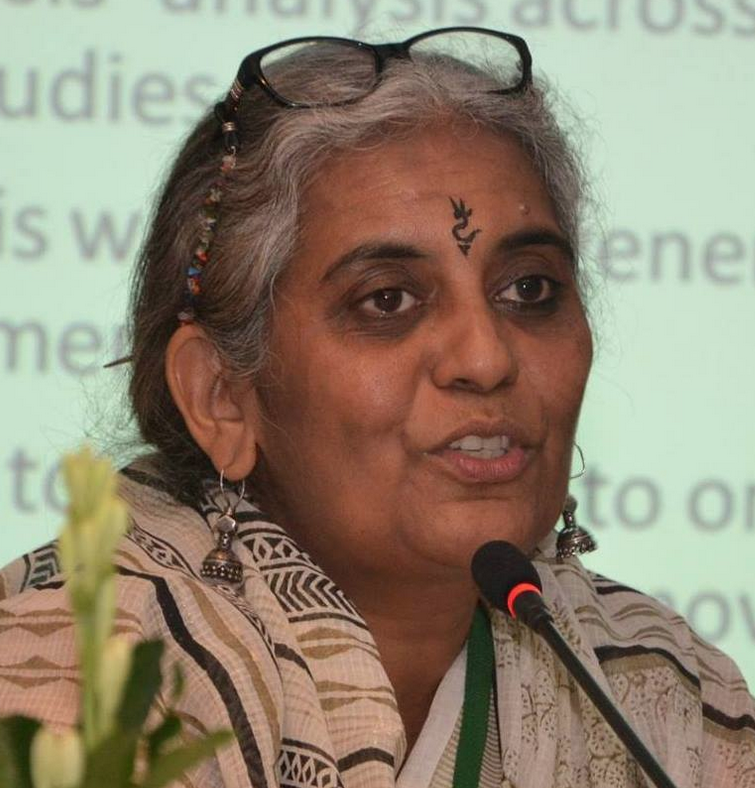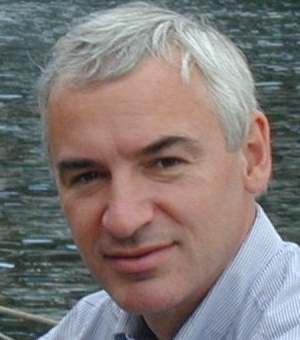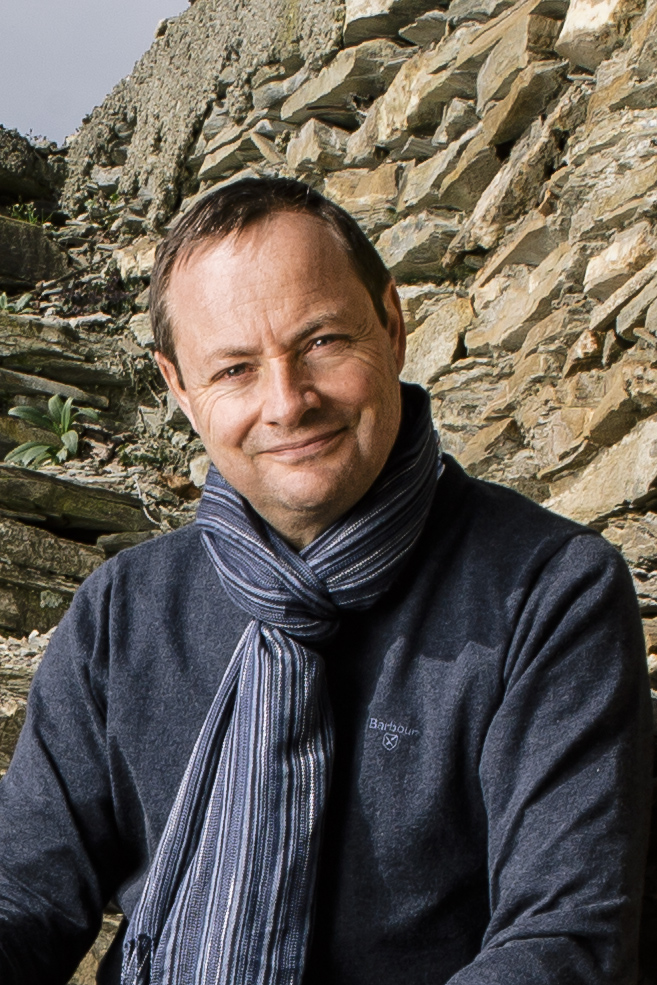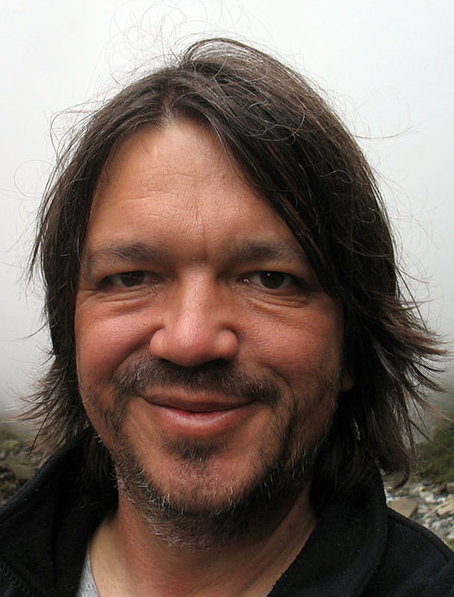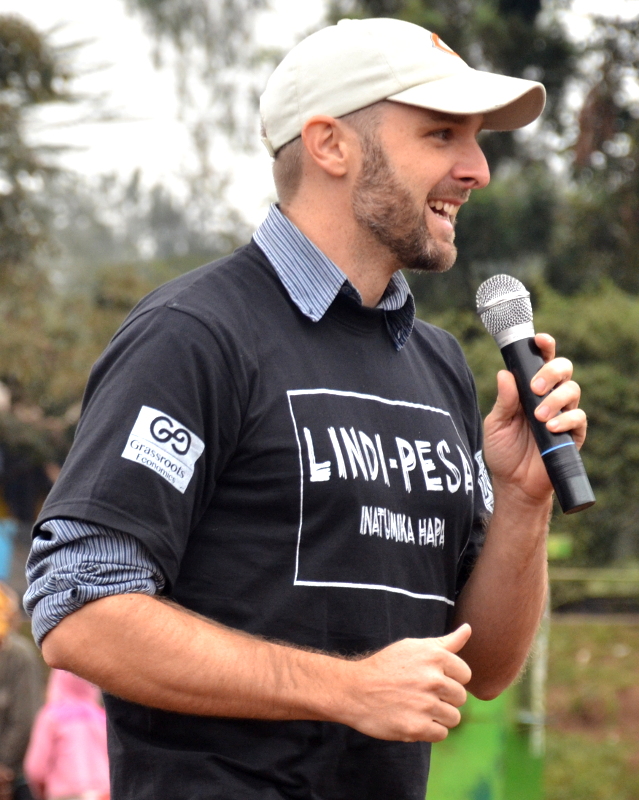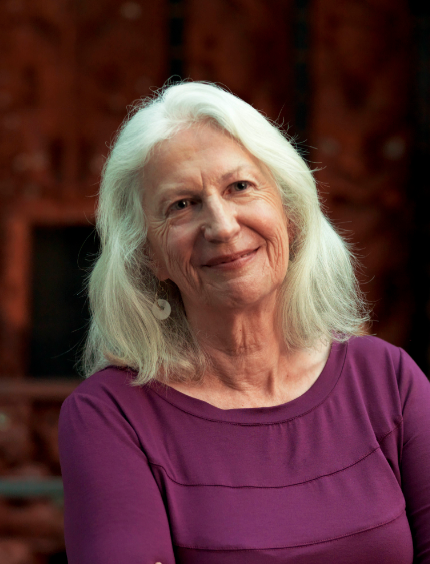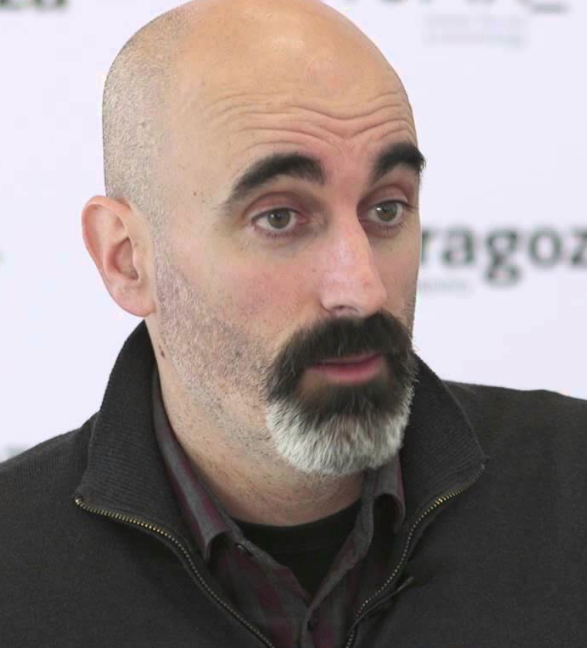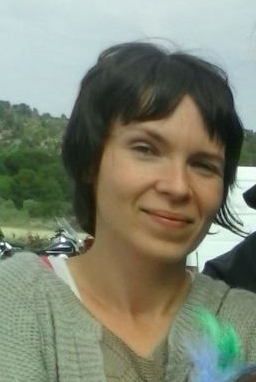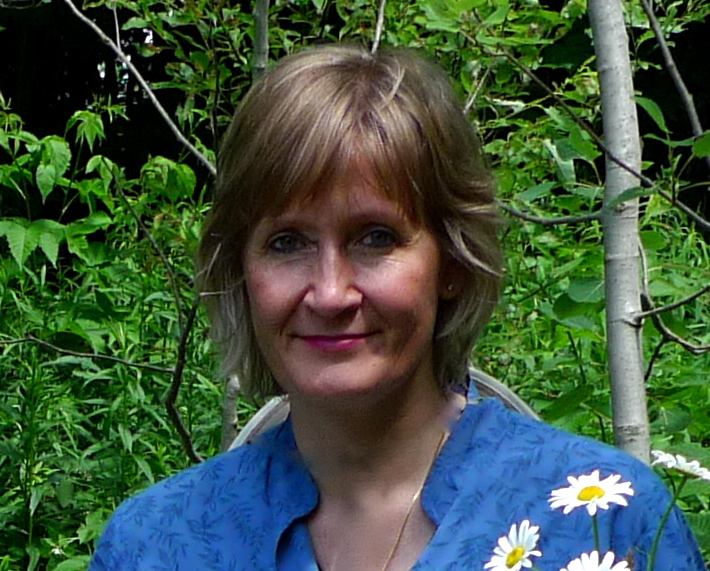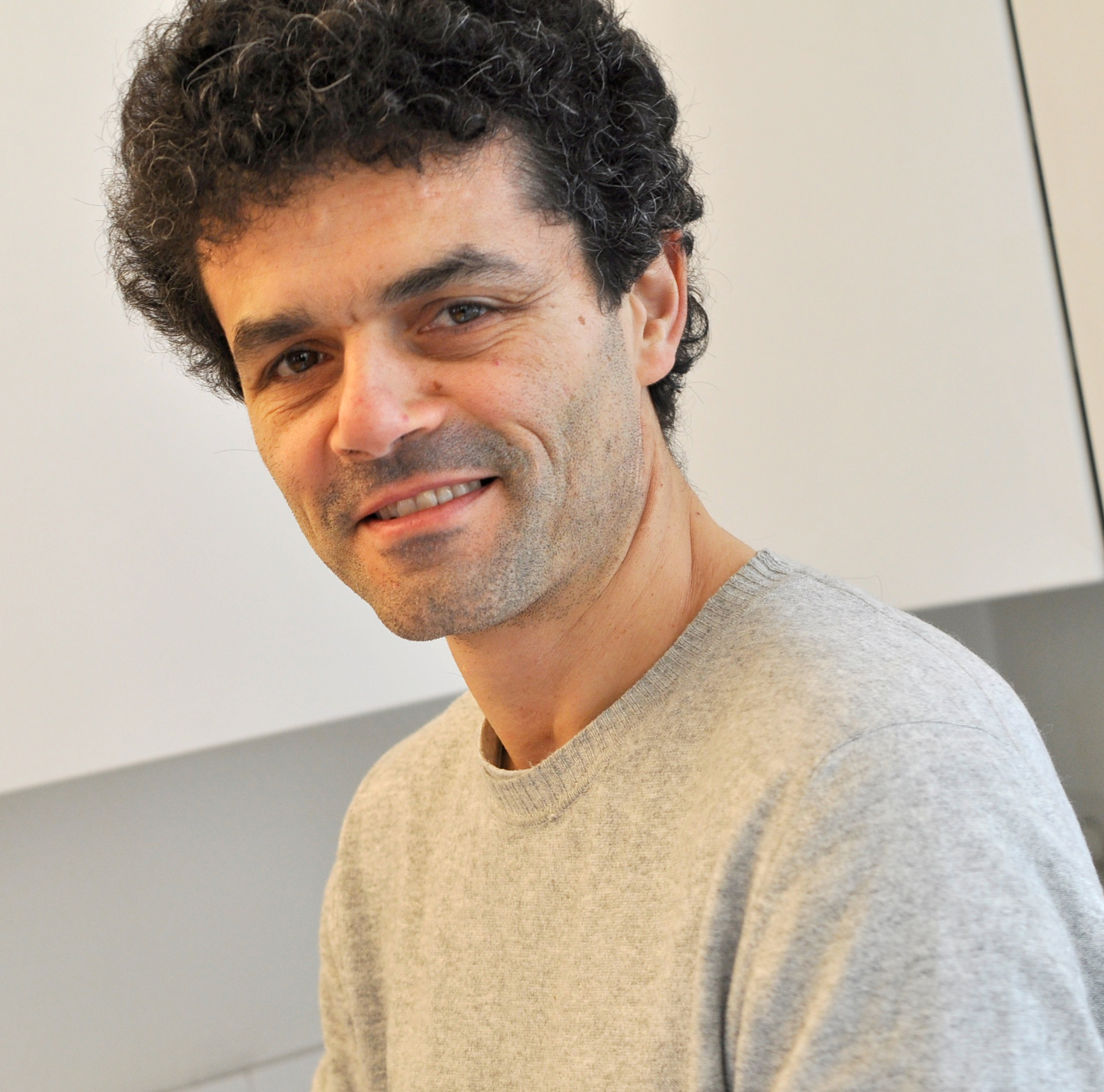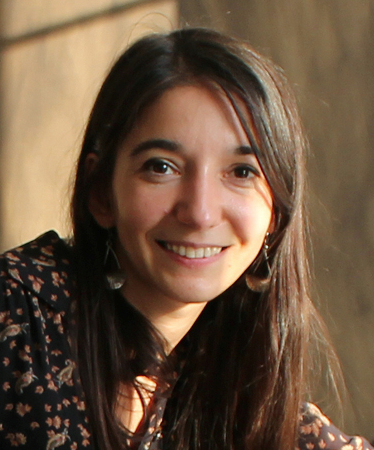Alain Ambrosi (Canada) is a designer and producer of intercultural projects, independent researcher, author, videographer and producer of the Remix The Commons Project.
Patterns of
COMMONING
Eight Points of Orientation for Commoning
The wording of Ostrom’s design principles is aimed at social scientists who study the management of common-pool resources from a neutral, non-participatory, scientific perspective. As a result, the principles are not as accessible to the general public, nor do they reflect the personal experiences and first-person voice of commoners.
The first German Sommerschool on the Commons, which took place in Bechstedt, Thuringia in June 2012, decided to remedy this problem. Participants took part in intense debates over what a new set of principles for commoning – based on the Ostrom principles – might look like if they reflected the personal perspective of commoners themselves. The result is a statement, “Eight Points of Orientation for Commoning,” which can be seen as a re-interpretation – remix? – of Ostrom’s design principles.
* * *
The eight design principles formulated by Elinor Ostrom and others distill the lessons of a huge number of case studies from around the world. They are written from a scientific perspective and continue to be of great significance for the commons movement. We approach the commons from the perspective of active commoners, meaning the people who create and maintain working commons. We are more concerned with creating spaces for community and cooperation than with institutions. As for the resources themselves, we are more interested in how to preserve and use them, than in making distinctions between material and non-material, traditional or new commons. We therefore refer to all types of commons here.
For us Ostrom’s design principles provide a template for the following points of orientation. We hope that commoners may find them useful in reflecting on their own practice.Commons do not exist in a perfect world, but rather in one that is hostile to commons. Therefore it is important that commoners be aware of the treasure they hold in their hands, to preserve it and help it flourish
1. As a commoner I clearly understand which resources I need to care for and with whom I share this responsibility. Commons resources are those that we create together, that we maintain as gifts of nature or whose use has been guaranteed to everyone.
2. We use the commons resources that we create, care for and maintain. We use the means (time, space, technology, and quantity of a resource) that are available in a given context. As commoner, I am satisfied that there is a fair relationship between my contributions and the benefits I receive.
3. We enter into or modify our own rules and commitments, and every commoner can participate in this process. Our commitments serve to create, maintain, and preserve the commons to satisfy our needs.
4. We monitor the respect of these commitments ourselves and sometimes we mandate others whom we trust to help reach this goal. We continually reassess whether our commitments still serve their purpose.
5. We work out appropriate rules for dealing with violations of our commitments. We determine whether and what kinds of sanctions shall be used, depending on the context and severity of a violation.
6. Every commoner can make use of a space and means for conflict resolution. We seek to resolve conflicts among us in an easily accessible and straightforward way.
7. We regulate our own affairs, and external authorities respect that.
8. We realize that every commons is part of a larger whole. Therefore, different institutions working at different scales are needed to coordinate stewardship and to cooperate with each other.
A German translation of the Eight Points of Orientation for Commoning is available here:
https://web03.webcoach.at/w16/commons/index.php/Acht_Punkte.
A French translation is available here:
https://www.savoirscom1.info/2012/11/huit-points-de-reference-pour-la-mise-en-commun-des-biens-2.
